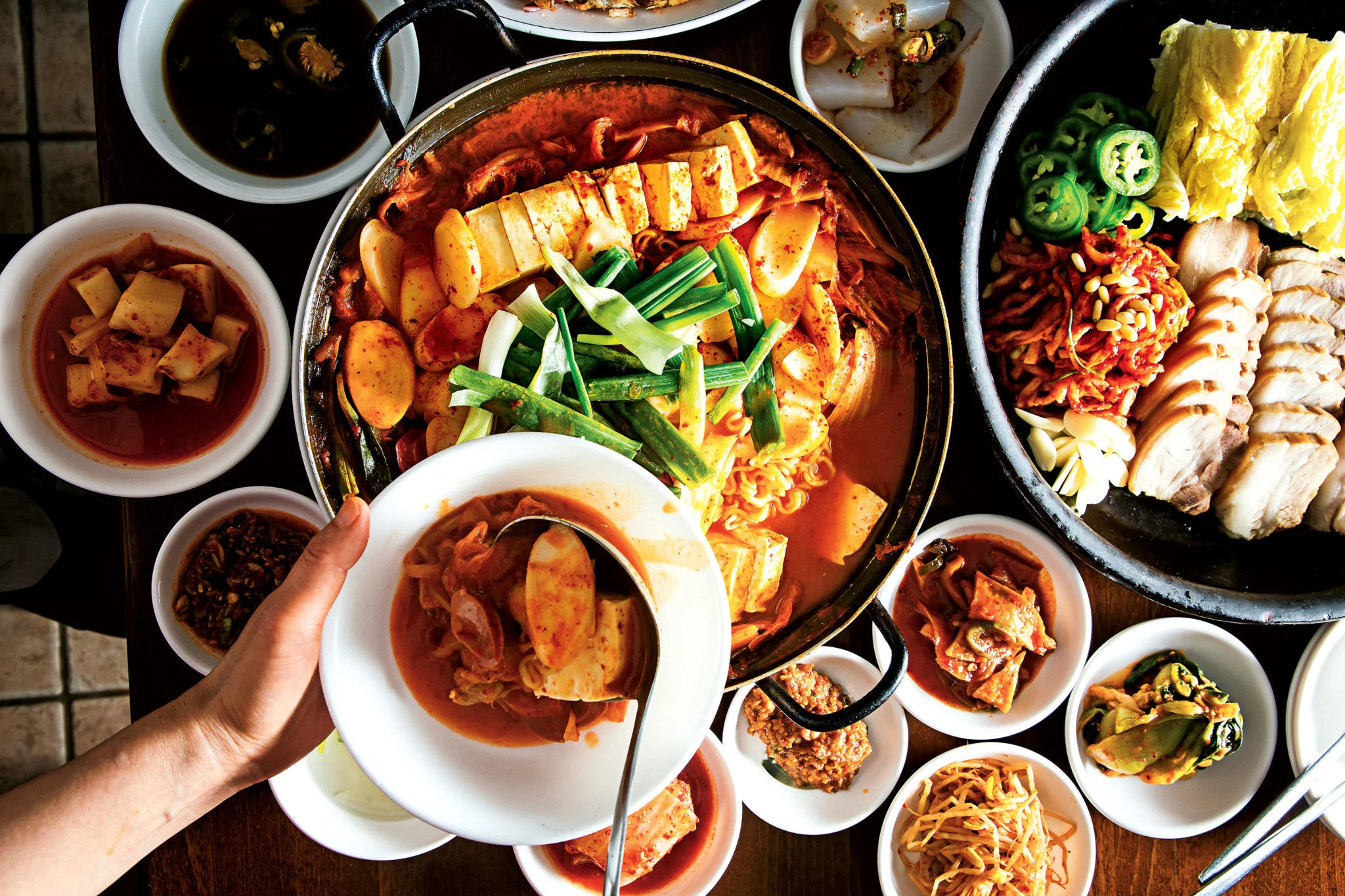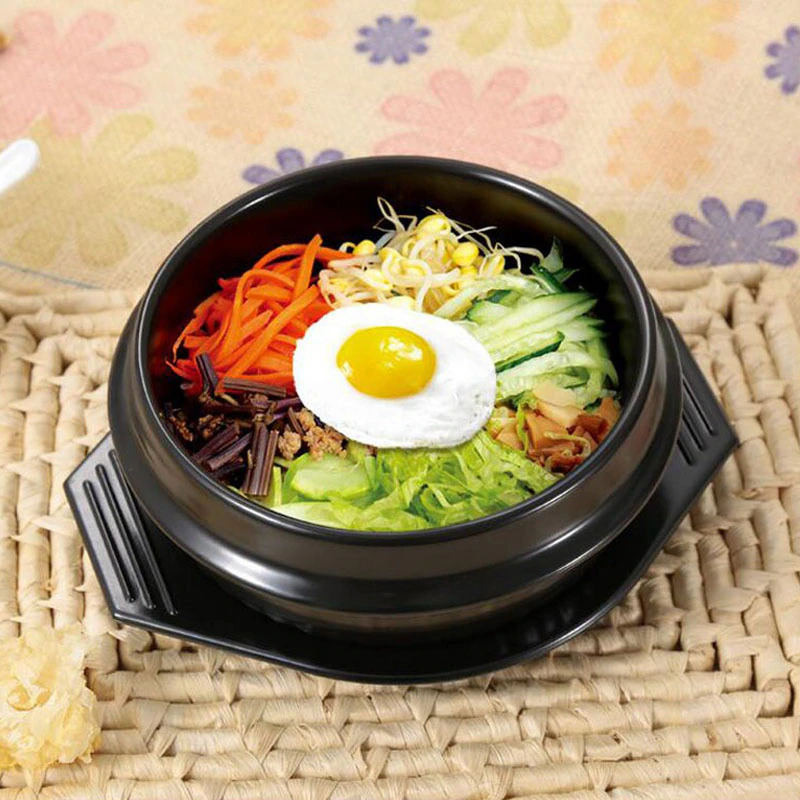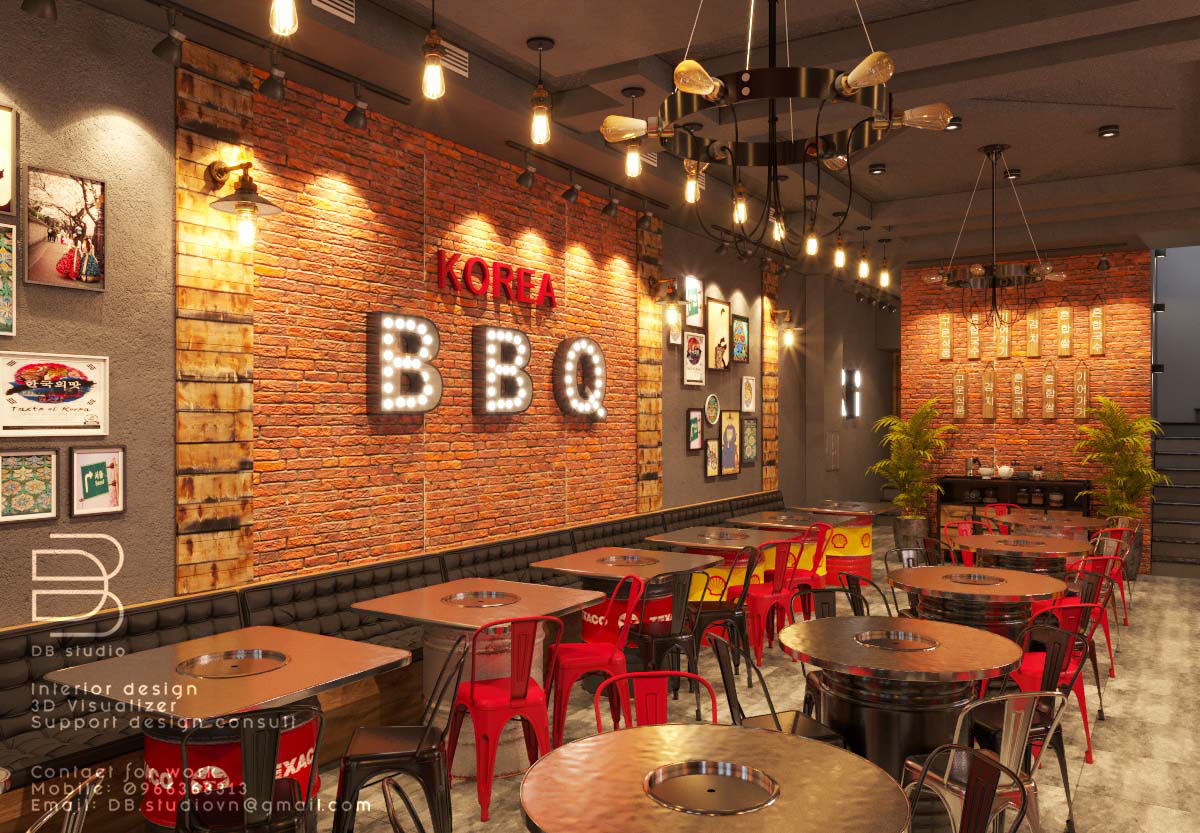Essential Equipment and Key Considerations for Operating a Successful Korean Restaurant

Korean food has become incredibly popular around the world, enthralling foodies with its unique cooking methods and diverse flavor profiles. Opening a Korean restaurant can be a fruitful endeavor as the appeal of Korean cuisine grows. However, there are a few crucial factors that must be taken into account in order to stand out and provide a genuine dining experience. This article explores the key components that make a Korean restaurant successful, from stocking the kitchen with traditional equipment and high-quality ingredients to employing knowledgeable staff and recognizing cultural sensitivity.
The Right Equipment for a Flavorsome Journey
A well-equipped kitchen is the heart of any restaurant, and this holds especially true for a Korean eatery. Key equipment that can elevate the authenticity of Korean dishes includes:
a) Grills: Korean barbecues, or "gogi-gui," are central to the cuisine. A high-quality tabletop grill, such as a gas or charcoal grill, is essential for preparing the signature grilled meats like bulgogi and galbi.

b) Stoves: Invest in a reliable stove setup to cook stews, soups, and stir-fried dishes effectively. Traditional flat-top stoves, known as "hwagang," are ideal for preparing Korean favorites like kimchi jjigae and bibimbap.

c) Traditional Pots: Korean cooking relies heavily on earthenware pots like "dolsot" for dishes like sundubu jjigae (soft tofu stew) and bibimbap. These pots impart a unique flavor and are perfect for keeping dishes warm at the table.

Emphasizing High-Quality Ingredients
The emphasis on fresh and high-quality ingredients is one of the defining characteristics of Korean cuisine. When choosing ingredients, try to buy as much local and organic produce as you can. Doenjang (soybean paste) and gochujang (red pepper paste), which are traditional Korean staples, can be purchased authentically from reputable Korean vendors. Your dishes' flavors will be enhanced by this dedication to quality, and it will appeal to discerning customers.

Knowledgeable Staff for a Seamless Culinary Journey
Maintaining the restaurant's authenticity depends on hiring staff who have a thorough understanding of Korean cuisine. The preparation of the food will be done with accuracy and finesse by chefs and cooks who are familiar with Korean cooking methods. Additionally, customers' dining experiences will be improved, and a sense of cultural appreciation will be fostered by servers who can explain the subtleties of the menu to them.
Talking about hiring a staff, have you watched Jinny's Kitchen? It is a series where K-Pop Idols such as V from BTS, Park Seo-jun, and Choi Woo-shik become interns of a Mexican Restaurant where they served Korean street foods. Can you imagine what would it be like to be served such delicious foods by a K-Pop Idol!?

Creating an Inviting Atmosphere
The atmosphere is just as important to creating an authentic Korean experience as the food is. Aspects of Korean culture, such as traditional artwork, wooden accents, and color schemes, are incorporated into the interior design and decor. The atmosphere can be set with soothing Korean music, and inviting seating encourages people to linger and enjoy their meals.

(Source: www.behance.net.galley)
Reaching a Wider Audience through Effective Marketing
Implement marketing strategies that emphasize the distinctiveness of your Korean restaurant in order to draw in a wide range of customers. Use social media to share stories about the cultural significance of each meal and visually appealing pictures of your dishes. To introduce Korean cuisine to new audiences, work with influencers or local events. Additionally, you can generate buzz and encourage customer engagement by providing cooking classes or special tasting events.


Cultural Considerations: Respectful and Authentic
Serving Korean food entails a duty to respect and uphold its cultural origins. Make sure the menu accurately represents authentic Korean dishes and avoid cultural appropriation. Learn the proper way to eat in a Korean restaurant, which includes respecting elders and avoiding offensive gestures like sticking chopsticks upright in rice.
- #Restaurant
- #Korean Restaurant
- #korean food





